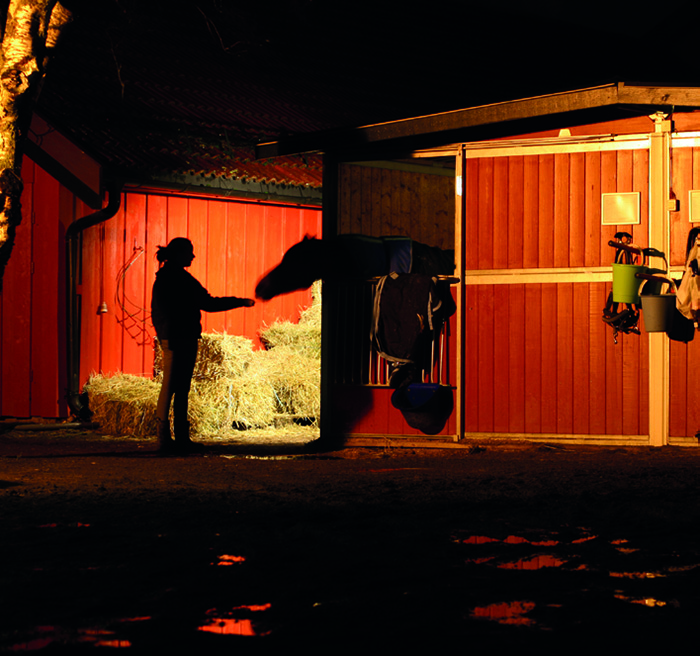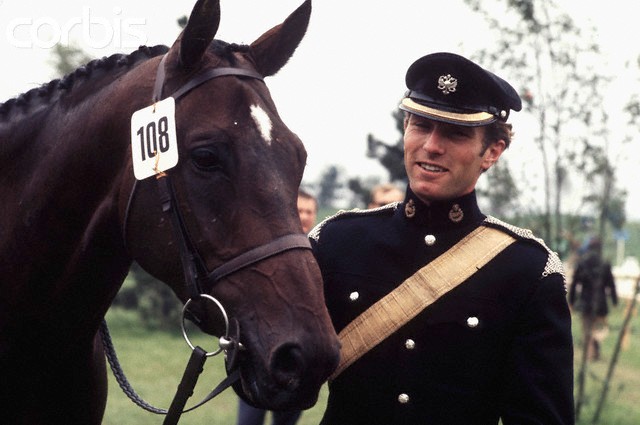
5 Handy Hints
Summer Edition
By Dr. John Kohnke and Kohnke’s Own Nutritional Advisor, Karen Sternbeck
1. Holiday tips for your horse
Going away on a holiday at this time of the year can be a stressful time for horse owners. There are always the questions: Will my horse be OK while I am away? Will my horse have enough feed and water to last the duration of my holiday? Will the person looking after my horse be OK with the job? It is a good idea to ask someone who will be confident with the job of looking after your horse/s while you are away. A reliable friend who can check on your horses daily, feed and water them as necessary and be aware to signs of illness is important.
A detailed record of feeding requirements for each horse, contact details for you and your vet, necessary equipment such as lead ropes, rugs and a first aid kit should be easily accessible for your ‘horse sitter’. Stock up the feed shed with enough feed for the time that you are away or talk to your local feed store and organise a delivery while you are away if necessary. Remind your horse sitter to check the water supply each morning and evening and ask them to clean the troughs or buckets regularly. Depending on how long you are away for and the current pasture quality and growth you should also consider instructions for grazing management to prevent problems. These include a horse gaining too much weight with an increased risk of laminitis or the horse running out of pasture, then requiring a hay supplement to their ration.
A well implemented plan and the right person to take care of your horses will help you to relax and enjoy your holiday!
2. What does a ‘cresty neck’ mean for my horse?
In the Spring and Summer months, horses at pasture will often show signs of increased fatty deposits, such as a ‘cresty’ neck or lumps around the tail butt area. This often occurs because of the high WSC (water soluble carbohydrate) content of Spring and Summer pastures. The high sugar concentration of grass during this period provides more than enough energy for the horse’s requirements and any excess is stored as fatty deposits. If these fatty deposits become very hard and solid to the touch, especially in an insulin resistant horse, it is an indication that the horse has a high risk of developing laminitis in the near future.
The diet of at-risk horses should be adjusted to a high fibre, low GI ration. Cereal grains and grain derivatives are very high in starches and can cause a continued risk. Instead, focus on providing a diet based on soaked grassy hay or lucerne hay to control sugar intake, as it is best to restrict pasture access to minimal periods especially if the grass is short and under stress from hot or dry weather. It is very important to include a good vitamin and trace-mineral supplement such as Kohnke’s Own® Cell-Provide® or Cell-Vital® as nutrients can be leached out by soaking the hay and many are commonly deficient in low GI diets.
Kohnke’s Own TRIM will also be very beneficial in the diet of overweight and cresty horses or ponies during this period. TRIM is formulated with specific nutrients that support normal sugar and fat metabolism. TRIM helps to strip off ‘cresty’ necks and other unusual fat deposits as a safe and effective weight management supplement.

3. What are Electrolytes?
Electrolytes are a group of salts that are dissolved in the blood and cell fluids. These salts are essential for functions such as nerve transmission, muscle contraction and metabolic processes. They also regulate water loss from the body. Electrolytes are lost from the body in several ways, such as digestive secretion and urine, however, larger levels are lost through sweat.
Exercising horses lose more electrolytes, especially potassium and chloride salts, as their sweating increases. Some horses are naturally heavy sweaters and humid weather can also increase sweating and therefore electrolyte loss. These electrolytes need to be replenished in the diet to maintain correct acid-base balance within the body, particularly the blood system. A very effective way to replenish these electrolytes is to add the concentrated, balanced salt mix, Kohnke’s Own Cell-Salts, to the first meal after exercise. This will ensure that electrolytes lost as a result of sweating are replaced to normalise the acid-base balance within the body.
4. Does your horse have Gastric Ulcers?
Gastro-intestinal ulcers are a very common condition effecting up to 80% of some horse populations and are often undetected. Ulcers can be caused by many factors but are essentially due to our modern-day husbandry practices. High grain diets, not enough roughage, fewer opportunities to graze, exercising on an empty stomach and even stressful situations can all lead to gastric ulcer development.
Horses suffering from ulcers can show signs of anxiety or sensitivity when touched around the stomach region, girthy behaviour, unwillingness to move forward under saddle, excessive drinking through meals, reduced appetite as well as stereotypic behaviour such as crib-biting and wind sucking. Gastric ulcers can be treated with medications which reduce acid secretion in the stomach. Kohnke’s Own Gastro-Coat is very beneficial in combination with drug treatment or as a natural supplement for the health and function of the digestive system. You can check our popular Facebook page for a video explaining how to avoid or help resolve gastric ulcers in horses, including information on the benefits and use of Kohnke’s Own Gastro-Coat.
5. Keeping your horse cool in summer
It is important to consider the best way to keep your horses cool during the Summer months. Preferably, grazing horses should be housed in a paddock with plenty of shade trees or a well-ventilated shelter which they can stand under in very hot weather. Stabled horses should have ample ventilation, e.g. fans can be very useful in this situation. A fly mask with built in nose flap will stop the flies from irritating them and prevent the sensitive skin around the muzzle from becoming sunburnt.

Always ensure that your horses have constant access to clean water as they will drink more during this time. Roughages, such as hay and fibre-based feeds, are fermented in the hind gut and this process naturally produces heat. Lucerne hay is higher in protein and takes longer to ferment, therefore producing more heat compared to grass or cereal hay and chaff. Thus, try to keep lucerne to a minimum – feed it overnight if possible to take advantage of cooler temperatures. It is always a good idea to exercise your horse early in the morning to avoid exhaustion in hotter temperatures and always hose off after exercise. However, it is very important to scrape the water from under their belly after hosing as this water will trap extra heat and reduce cooling efficiency.




